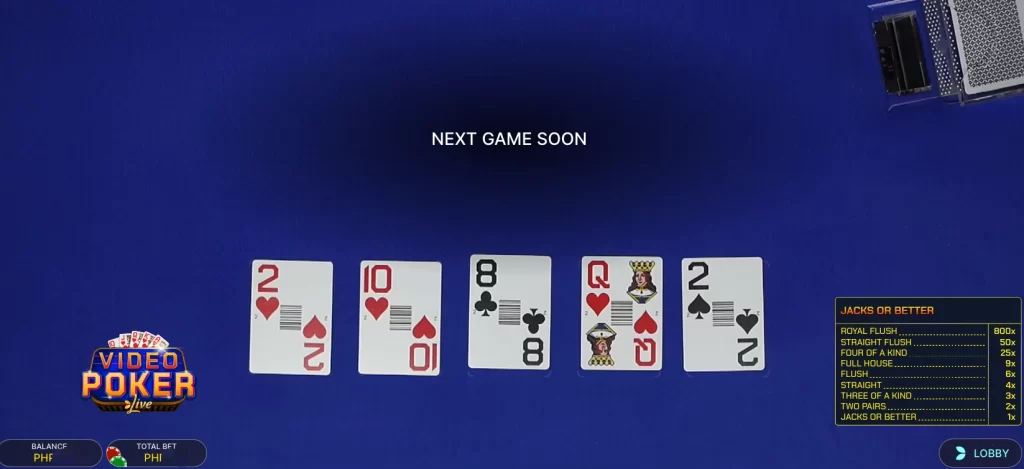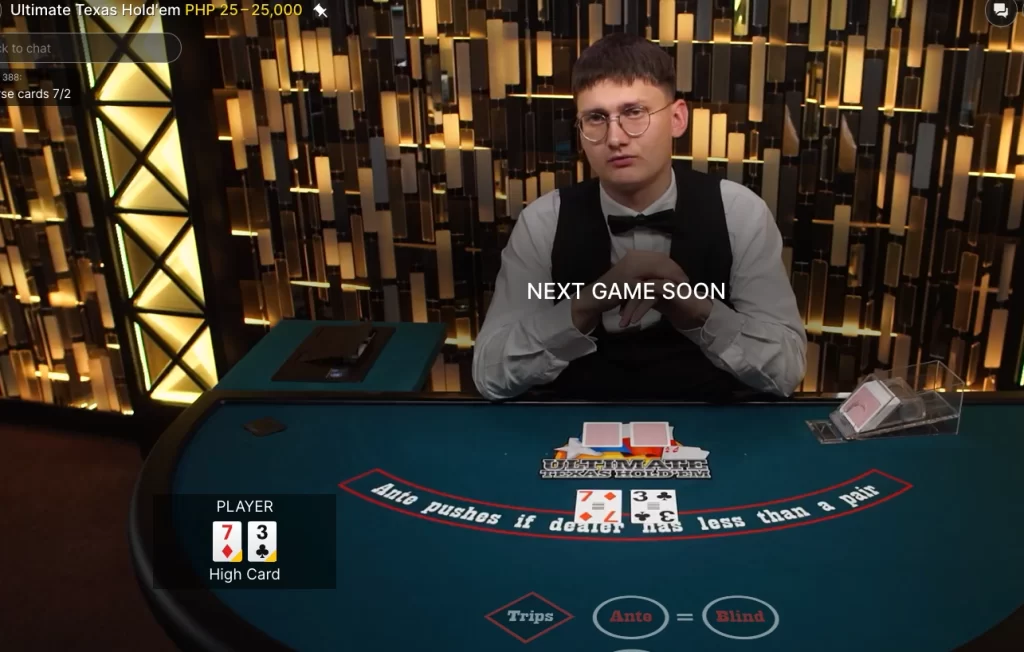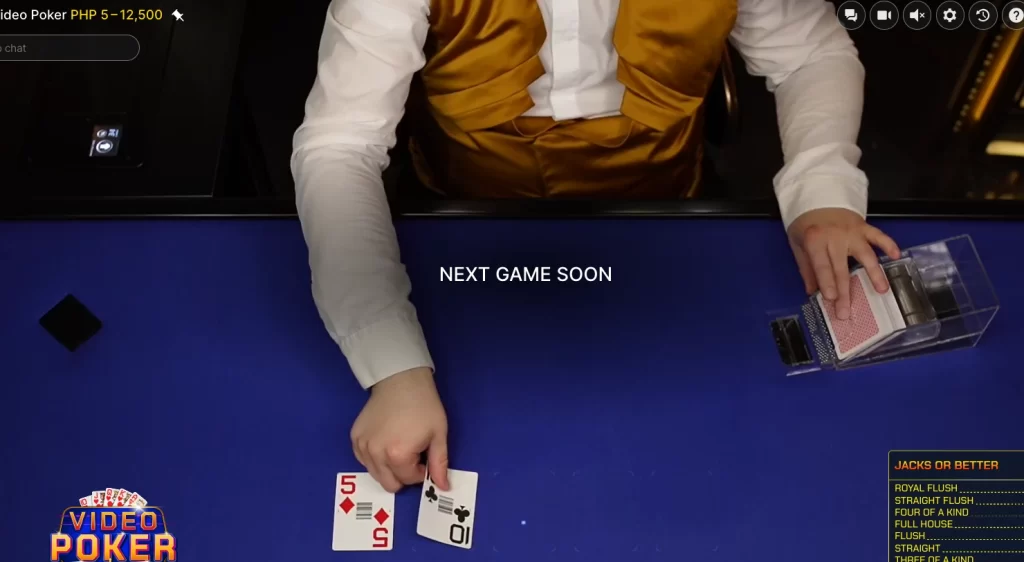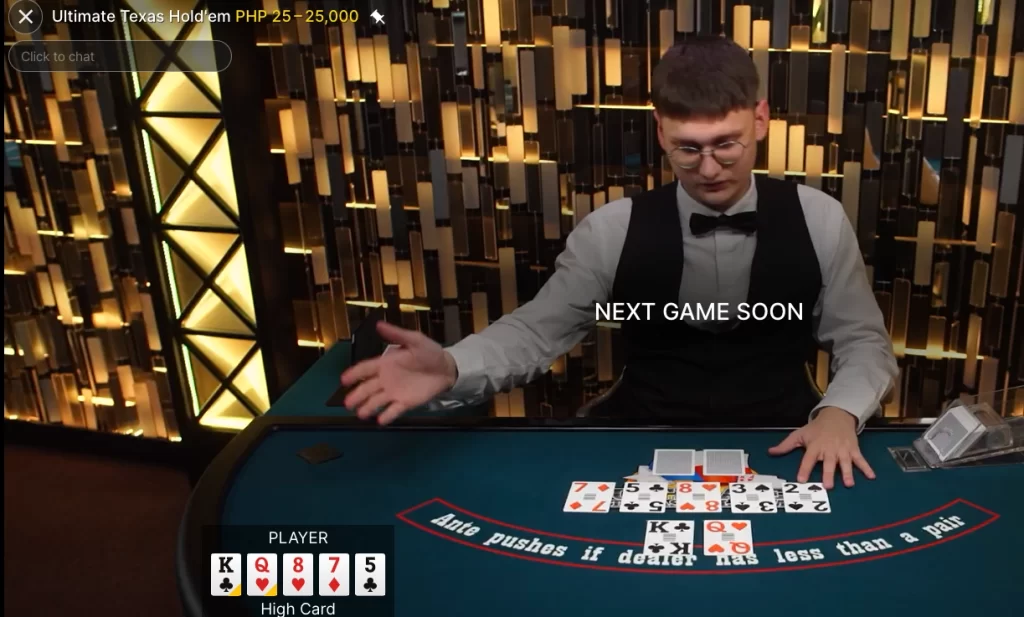
In any poker game, the art of bluffing is one of the most exciting and intricate parts. When used properly, it is a formidable weapon that can alter the outcome in your favor. However, bluffing properly is an art in its own right; you must know who you are up against and how they play their hand and strike at the right moment.
This study of bluffing techniques and how they work explores the strategies and psychology behind successful bluffs in live or online poker games, including those offered on Joyjili. The aim is that, when you have finished reading it, you’ll be a more formidable player.
Understanding bluffing in poker
Bluffing in Hi-Lo Poker is to do everything in your power to convince your opponents that you are holding a much better hand than they have It’s really all in the mind, when playing poker. Your aim is to get your opponents to fold hands that are better than yours and, at the same time, commit some other kind of mistake so that you win the pot.
Bluffing has nothing to do with lying; it is about making the best possible use of opponents’ information.
Sort of bluffs
There are different kinds of bluffs, each with its own tactical significance. A right understanding of these will help you to make more accurate judgments in a poker game.
Pure Bluff:
A pure bluff is when you have a weak hand that is unlikely to improve at all. Your only hope of winning is to chase away other players. This kind of strategy has a high return, so high risk must only be used occasionally.
Semi-Bluff:
A semi-bluff is when you have a hand that is currently weak but has the potential to get stronger should community cards, such as a flush or straight, depending on future turns, come up. Semi-bluffs are less risky than pure bluffs because even if your opponent calls, there still remain several cards in the deck that can give you the best hand.
Continuation Bluff:
This is a bet made after you have raised before the flop, regardless of whether the flop improves your hand. The idea is to keep up the pressure and represent a strong hand, causing your opponents to fold weaker holdings.
The Psychology of Bluffing

Successful bluffing is dependent upon psychological factors; indeed, what psychologists might call “mood, mind-set and experience” is genuinely what will determine your success in a game of poker.
Reading Opponents
A good bluffer will always be able to read his opponents and anticipate their responses. Some players are more inclined to fold under pressure.
Identifying Tendencies
For example, they may last just one round of the fight; others will pay to see your cards no matter what, as if on an autonomist and beating up a postman. The thing to do is catch these tendencies early in a game so that you can tailor your bluffs accordingly.
Targeting Discreet Players
For example, if you see an opponent playing with discretion, often folding on big bets, you know that she would be more liable to be bluffed out at the right time than might normally be expected.
Caution with Aggressive Players
Conversely, if they have been aggressive continuously or are tilting, then people may find it harder to get them off their hands, and a bluff is more risky as a result.
Timing is Everything
And when bluffing, timing is everything in a game of poker. Bluffing: A well-timed bluff takes down a big pot but depletes your stack if poorly timed.
Optimal Times to Bluff
The optimal times to bluff are when it is clear from the context of your situation that you should never have bluffs in this spot (e.g., you’re at a stone-cold table, and the hands don’t make sense) or because of the nature of selective storytelling; there can only be one combination set present on certain boards; unused sets become potential bluffing candidates as well.
Interaction with Board Texture
It also helps if other factors such as board texture interact well with their range, thus reducing higher frequency holdings. This can result in easier folds against aggression, especially post-flop, and is one of the reasons why barrels may potentially succeed more frequently than solo larceny!
Bluffing Early
Bluffing early when the pot is smallest and players are less attached to it can also be an effective strategy. But as the pot grows bigger and more people have already put money into this hand, bluffing becomes riskier.
Increased Risk in Larger Pots
Players are more inclined to call greater bets, particularly if they do not have anything, all of which will try and induce bluffs.
When Playing Poker Online, You Can Bluff

The place where bluffing in online poker games is a bit different, both challenging and exciting. If you are bluffing and can’t actually see how your opponents have physically reacted to all of their hands during the previous few hours(or so), then – remember that bluffs, especially significant ones, correlate with a very well-thought-out betting pattern (more).
Bluff With Bet Sizing
Bet sizing in online poker is crucial. Today, we discuss Bet Sizing, which includes over-betting, bluffing, and finding the balance between betting too small and always putting your opponents to a tough decision.
Danger of Betting Too Small
Bluffing and betting too small come with risks, as you’re in danger whether they call or fold. Balance is key in this aspect of poker strategy.
Balancing Strong Hands and Bluffs
One way to achieve balance is by betting more of your strong hands, allowing you to pull off bigger bluffs. For example, betting 50% on the flop and then jamming on the turn can be effective.
Risks of Abrupt Bet Changes
Alternatively, if you’ve been betting small for value with a strong hand and suddenly make an abnormally large bet, this often appears straightforward. Weak players tend to call automatically in such situations, as it seems obvious what is happening.
Assuming a balanced mental outlook

In online poker, where your opponents can’t see you, keeping a balanced, unpredictable image is very important. On the other hand, if you only bluff on weak hands, observant opponents will quickly catch on. By adding a few good bets for your bluffs, opponents will have more difficulty reading you, and your bluffs will be more powerful.
For example, on the Joyjili platform, many experienced players adopt a balanced approach in order to toughen opponent detection. If you study how other people on that site play, you’ll be able to improve your own tactics when it comes to bluffing.
When Not to Bluff
Bluffing is a great weapon but you also have to know when not go for it. It is very easy to get into losing strategy territory if you bluff too often, and in the wrong situations.
Bluffing Is Bad (Against Multiple Opponents)
Bluffing with a straight-up call is generally bad. The more players present, the stronger hand you will need to find or just be bluffing into a potentially stronger holding from an opponent(s). Most of the time, you should be more cautious when bluffing and try to pull it off only heads-up or against a single opponent.
Be Wary Of The “Calling Station”
Call Station — A player who calls bets way too often, no matter what kind of hand they have. Bluffing a calling station is pretty pointless since they will call you with garbage. Simply value bet and give up your hopes on bluffing straight forward players.
Conclusion
Bluffing is part and parcel of any poker game, but it should not be playing too much. Knowing when to bluff, how often and your ability at reading others are all significant blend between the art and science of winning a pot online through bluffs. Bluffing is the strategy to create a story through your actions and get other players act against themselves.
Bluffing can help you take your game to the next step and run the table on sites like Joyjili. If you take the time to think about your enemies, as well as your timing and how the game is playing out at any given moment, while having one eye focused on manipulating it all — then bluffing can be just another tool in what should hopefully end up becoming a very profitable arsenal.
